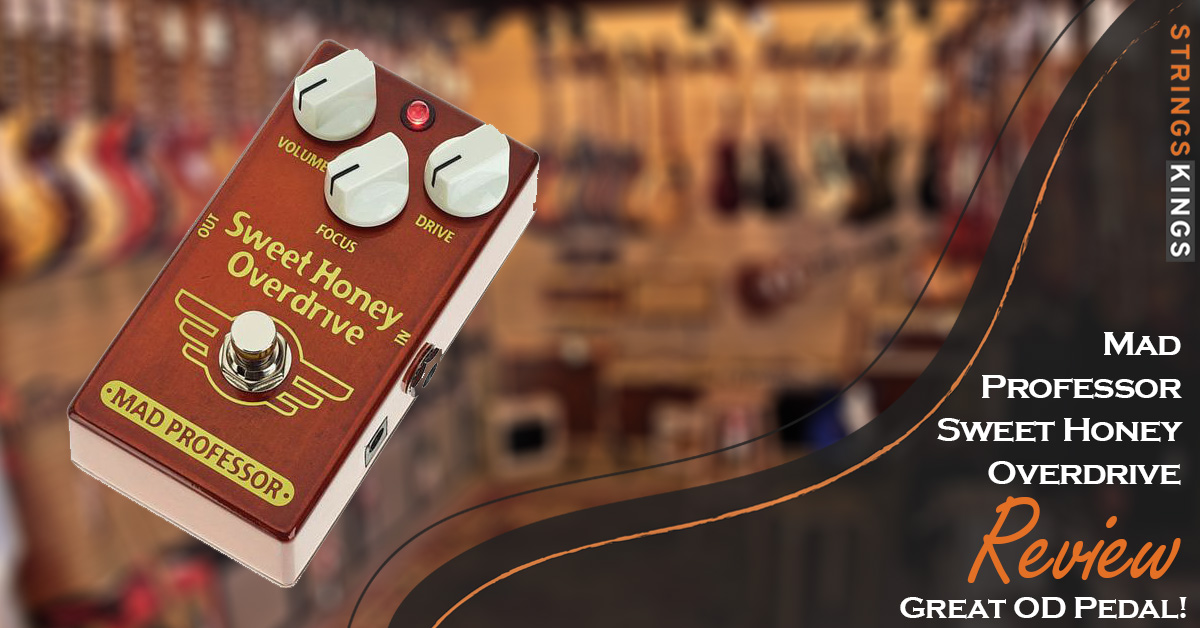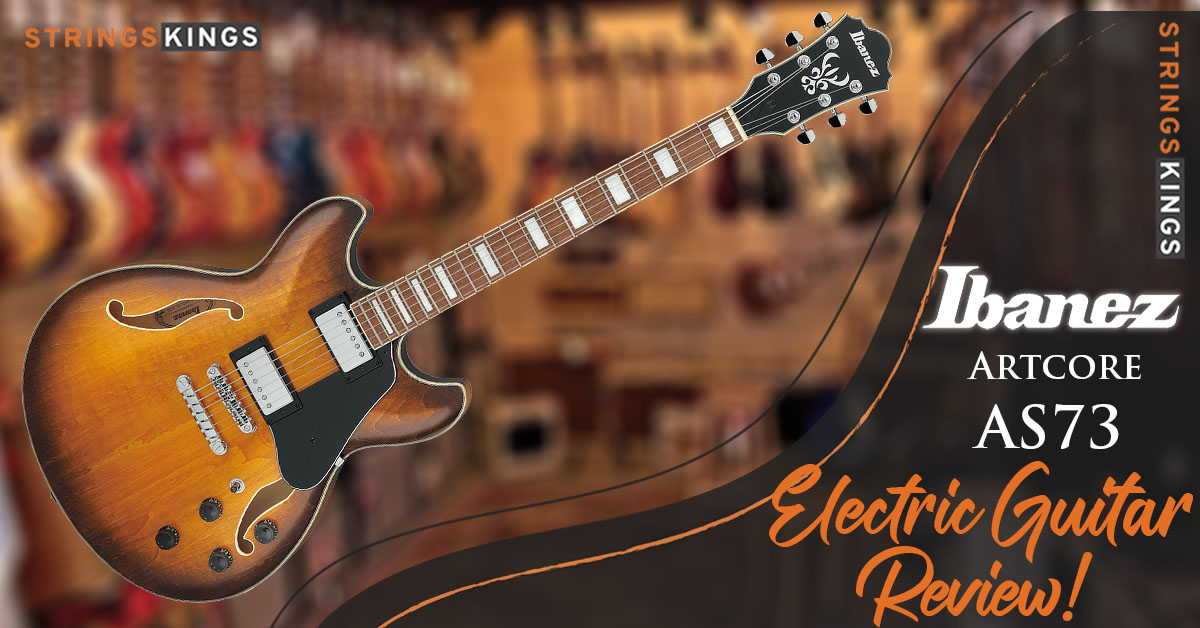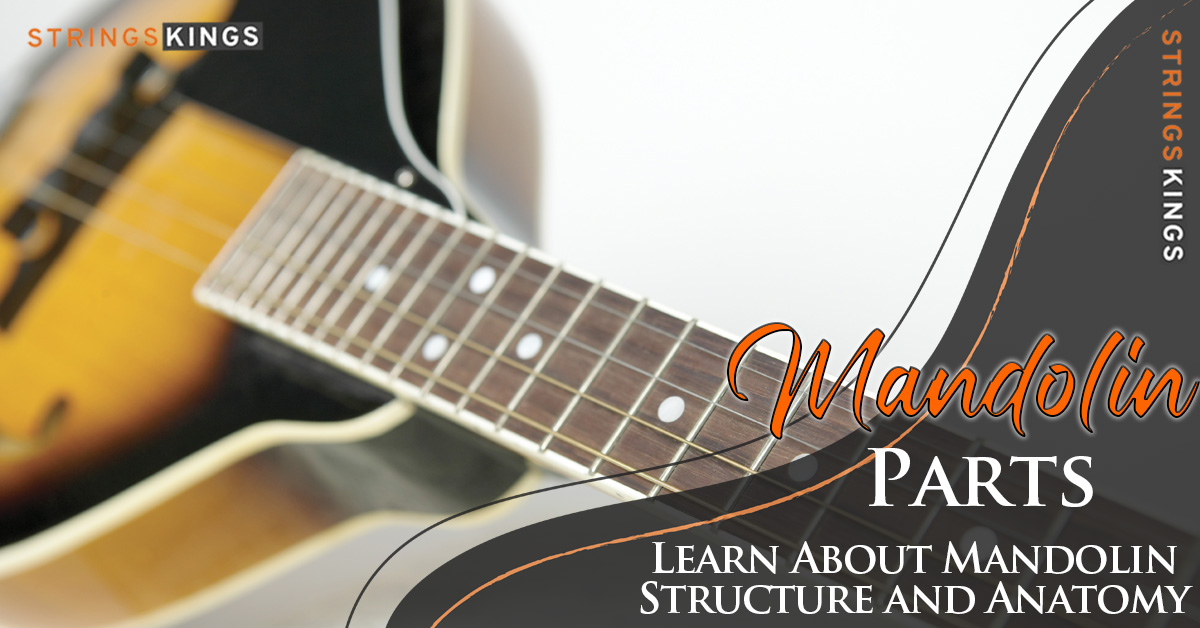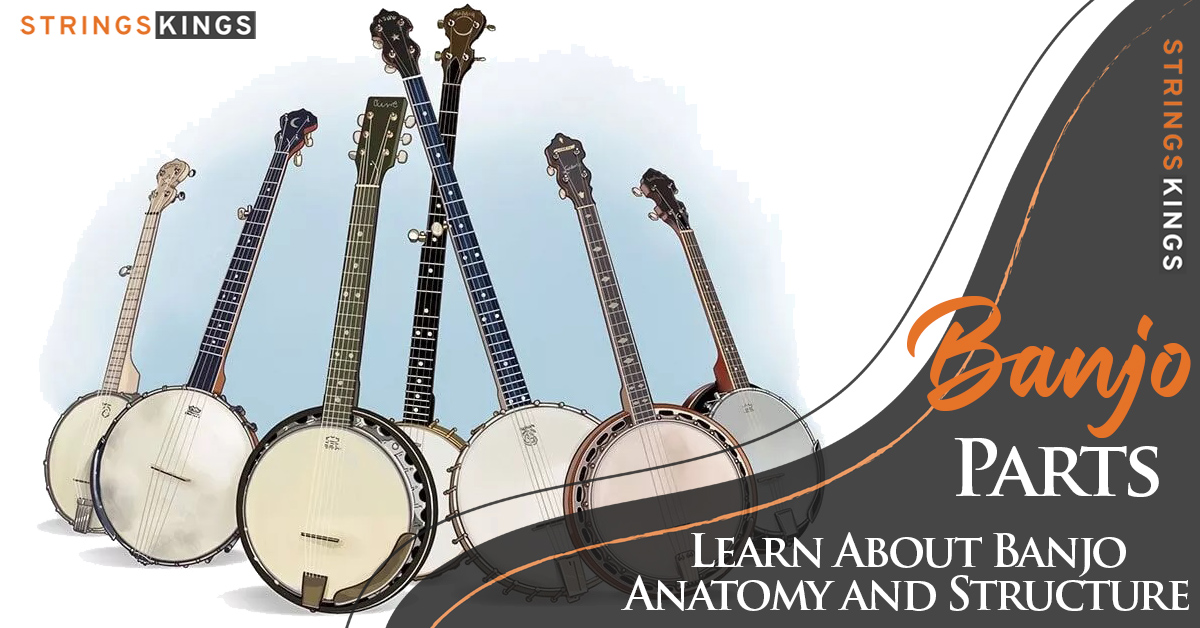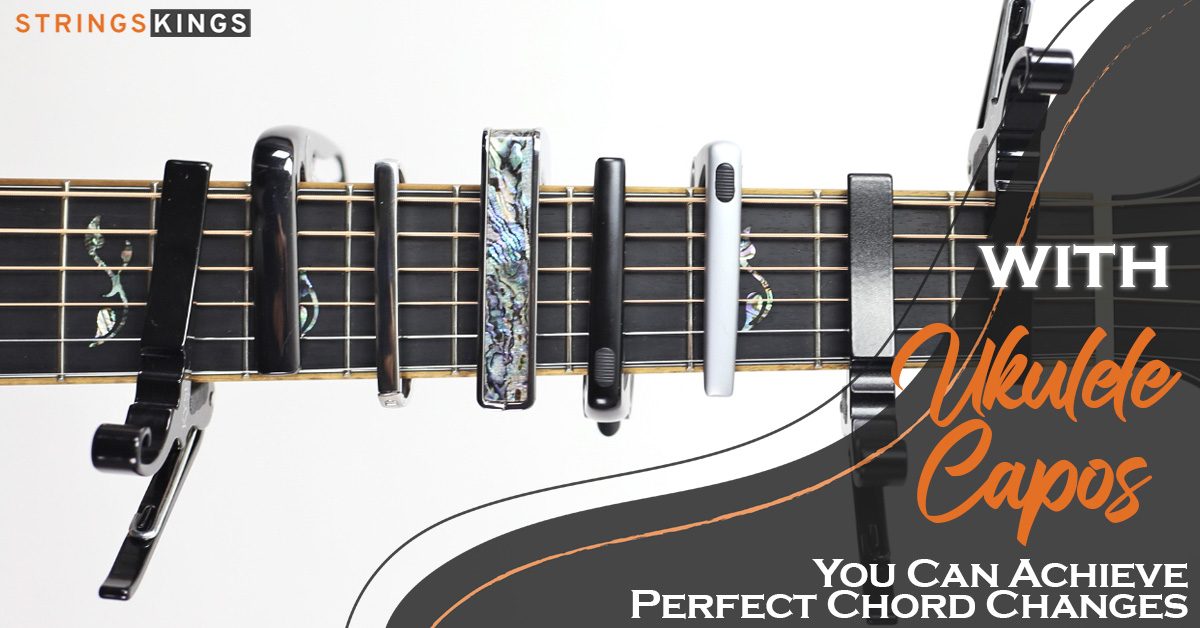Table of Contents
What Is Wah-Wah Pedal?
Introduction
In today’s music scene, wah pedals are adored for the depth and colour they give guitarists. Typically, expression pedals allow you to control the range of the effect by using your foot to rock a rocker plate.
By acting as a moving peak in your signal’s EQ, a wah modifies your tone dramatically. A wah allows you to change from a warm throaty sound to a treble-boosted scream that cuts right through the mix.
With so many options out there, you’re really spoilt for choice! Many companies manufacture their own wah pedals, with brands like Jim Dunlop producing variations of the formula; providing a wide range of tonal options.
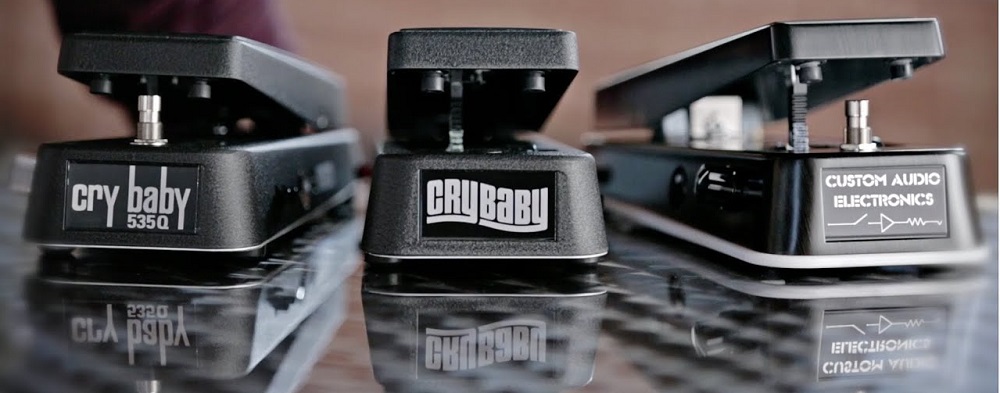
Brief History on the Wah-Wah Pedal
One of the most well-known and recognized guitar effects, the “wah” pedal changes sound in a way that resembles a baby’s crying. The pedal was probably first commercially successful with Tales of Brave Ulysses on Eric Clapton’s 1967 album Disraeli Gears and reached its peak popularity with Jimi Hendrix’s Voodoo Child (Slight Return). Nevertheless, there are musicians outside of rock who have used this effect heavily, like Bob Marley.
A number of legends have circulated about the birth of the wah, as there have been numerous instruments, amplifiers and guitar effects throughout the history of music. The protagonists all tell different versions, so it is impossible to determine who is the most responsible for its development. Most likely, each of them contributed to the development of this pedal in some way.
A Million Dollar Deal was made by the Thomas Organ Company and British Jennings Musical Instruments (JMI) of Dartfort, Kent, owner of the Vox brand, in August 1964, three years prior to its 1967 presentation. It consists of an agreement whereby the British company will supply the American company with Vox instruments and amplifiers worth one million dollars.
The American distributor of Vox-branded products was Thomas Organ during Beatlemania and the Beatles’ American tour. Following this order, several others were placed between 1964 and 1965, totaling almost ten million dollars.
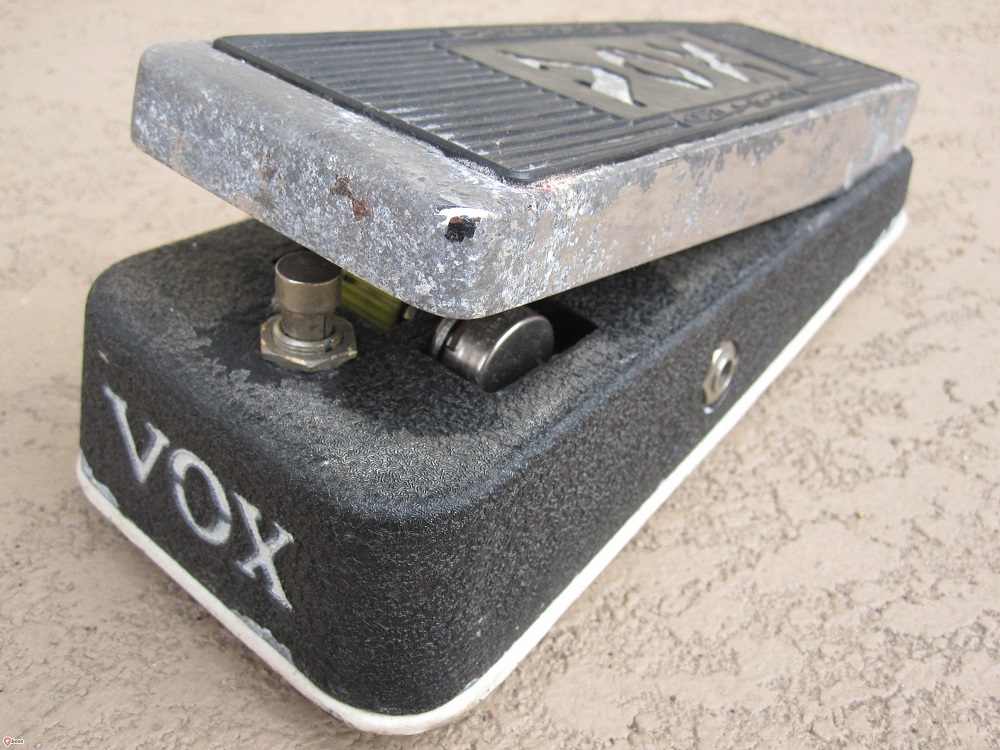
The MRB, acronym for Mid Range Resonant Boost, was a feature of the new transistor amplifiers produced by Vox, which generated a mid-boost on preset frequencies, which was later added to British Vox amplifiers.
It was Stan Cutler, chief engineer of Thomas Organ, who presented the MRB circuit to Tom Jennings, president of JMI Vox, in a letter after Dick Denney, Vox’s chief engineer, visited the American factory in late 1965. He used the term “wah” to describe its sound for the first time: “I have observed an interesting wah-wah effect when the boost switch is turned between the two positions.
Having a remote control for this at the guitar would be novel, however, the cost and complexity would likely be prohibitive. The letter appears in the book The Vox Story, published by David Peterson and Dick Denney.
What Is Wah-Wah?
Wah-wah effects (or simply “wah”) are frequency-filtering effects used on guitars, basses, and other instruments. In this way, we are able to produce spectral glides in instruments that would otherwise not be able to do so. Musicians define spectral glides as the modification of vowel quality.
A sound wave (or audio signal)’s “vowel quality” is largely determined by its frequency response and overtones. As a result, a spectral glide has the effect of altering the frequency response and overtones of a sound or signal. Due to the nature of a glide, these characteristics change continuously between one characteristic vowel quality and another.

As we now have a solid understanding of what the wah effect is, we can move on to our main discussion.
A wah pedal is a stompbox-style unit with treadle-style expression pedals that receives signals from a guitar, bass, or another musical instrument. In their circuits, resonance peaks are modulated in the frequency response of the signal to modulate the formants of the sound. Using filters and EQ, wah pedals accomplish this task.
When pressed, the footswitch on the pedal turns it on or puts it in bypass mode, which is typical of most guitar/bass pedals. It should be noted that most wah pedals will require some extra force to activate the on/bypass switch. Using this method, the user can rock the pedal all the way down to the toe-down position without having to turn the pedal on and off every time.
When it comes to the wah pedal effect itself (actually, the entire design is crucial), the filter circuit is the most important. There are two types of filters:
- The bandpass filter.
- Overcoupled lowpass filters may exhibit a resonant peak at their lowpass roll-off frequencies.
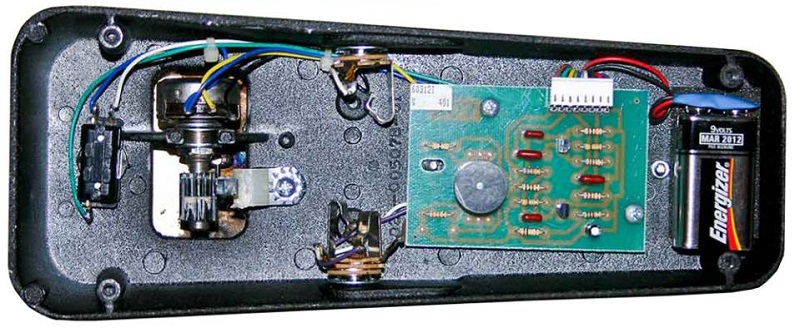
Essentially, a band-pass filter passes a band of frequencies, but cuts frequencies below and above that band. A low-pass filter and a high-pass filter are combined in this filter.
It is necessary for the filter to produce a distinct resonance in order to produce the wah effect. As a result, we are able to get close to a vowel-like sound by mimicking the effect of a formant.
By bypassing low frequencies, a low-pass filter eliminates high frequencies above its cutoff point. Over-coupling an LP filter can result in a resonance (increase in energy) at its cut-off frequency just before higher frequencies are cut off.
The Wah Effects Pedal: How To Use It
There are many different types of sounds that can be created by wah-wah pedals, all of which can be produced by manipulating the foot pedal. The following are some of the most commonly used techniques:
Wah-Wah Sound: The Standard
As wahs are most commonly used, this technique involves rocking the pedal back and forth with each note. The pedal should be in the open position (up) when you begin to play a note. After hitting it, rock it down and then raise it again. The wah-wah sound will be produced on every note in this manner.
Funky rhythms
This technique is one of the hallmarks of funk guitar, and it can be difficult to master without a lot of practice. This technique is similar to the standard wah technique in that you will be moving the foot pedal back and forth, however you will not be rocking the pedal to the note, but rather to the beat regardless of what rhythm you are playing.
The foot pedal should be placed in the open position at the beginning of each beat, then moved to the closed position and then brought back to the open position just before each beat begins. There are many variations of this technique, however, the one above serves as a good starting point.
“Parking”
This can be achieved by engaging the effect and leaving the pedal at one spot in order to emphasize a particular frequency range for your tone, instead of sweeping the pedal. It is common for players to park their wah pedals during solos and boost their signal in order to stand out from the rest of the band. In some cases, it remains that way permanently.
David Bowie’s guitarist, Mick Ronson, was very well known for this from the late ’60s to the mid-’70s. In order to hear this in action, you may listen to the song “Ziggy Stardust” from the album Ziggy Stardust.
As a result of the popularity and widespread use of the wah, stompbox pedals are now available exclusively that perform this function. A great benefit of this feature is that it allows you to set up the effect in advance and have an instant-on option rather than having to engage it and then find the sweet spot for your tone after engagement.
In the video below, you will be able to find many different uses of the wah pedal!
Where To Put The Wah In The Chain
In order to integrate a wah pedal into your setup, it should normally be placed as early in the pedal chain as possible; usually only after the tuner. The purpose of this is to give you a wide and natural-sounding sweep of your signal before it is influenced by your overdrive and distortion pedals.
When placed late in your chain and after those pedals, the wah effect will be exaggerated, and it will also hinder the tone of your gain pedals, as it will filter their sound too much. It is not always a bad thing because it can produce some extremely interesting and experimental sounds – perfect for psychedelic-style swells.
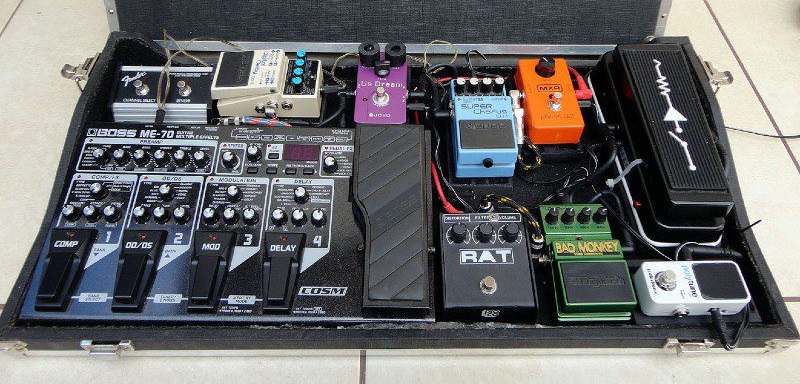
Using a Wah Pedal: Tips and Tricks
To help you improve the tone of your wah and make sure you are using it to its full potential, here are a few random tips:
- Get a better understanding of the interaction between wah and other effects pedals.
- When your amplifier is in overdrive, wah pedals come to life – the dirtier the sound, the more the pedal will respond
- If you are using a wah pedal, consider pairing it with a fuzz pedal. To hear how the fuzz pedal affects the tone, place it both before and after the wah pedal
- When you use your neck pickup, the wah sound will be thicker and smoother
- It is possible to enhance a boring rhythm part by subtle use of the wah pedal
- Try experimenting with your wah pedal in conjunction with other effects, such as delay or chorus, to determine how it affects your tone
- It is important to listen to a variety of guitarists using the wah pedal in order to learn what they do differently.
Conclusion
The Wah pedal – amazing effect for all the guitar players. Generate interesting outcomes on your guitar sound with it and separate yourself from the rest. Above you will be able to find a bunch of details on the wah wah pedal effect and how to properly use it in your music.
If you are having any questions about this topic we covered here, please let us know in the comment section below and we will be more than happy to answer to you!

